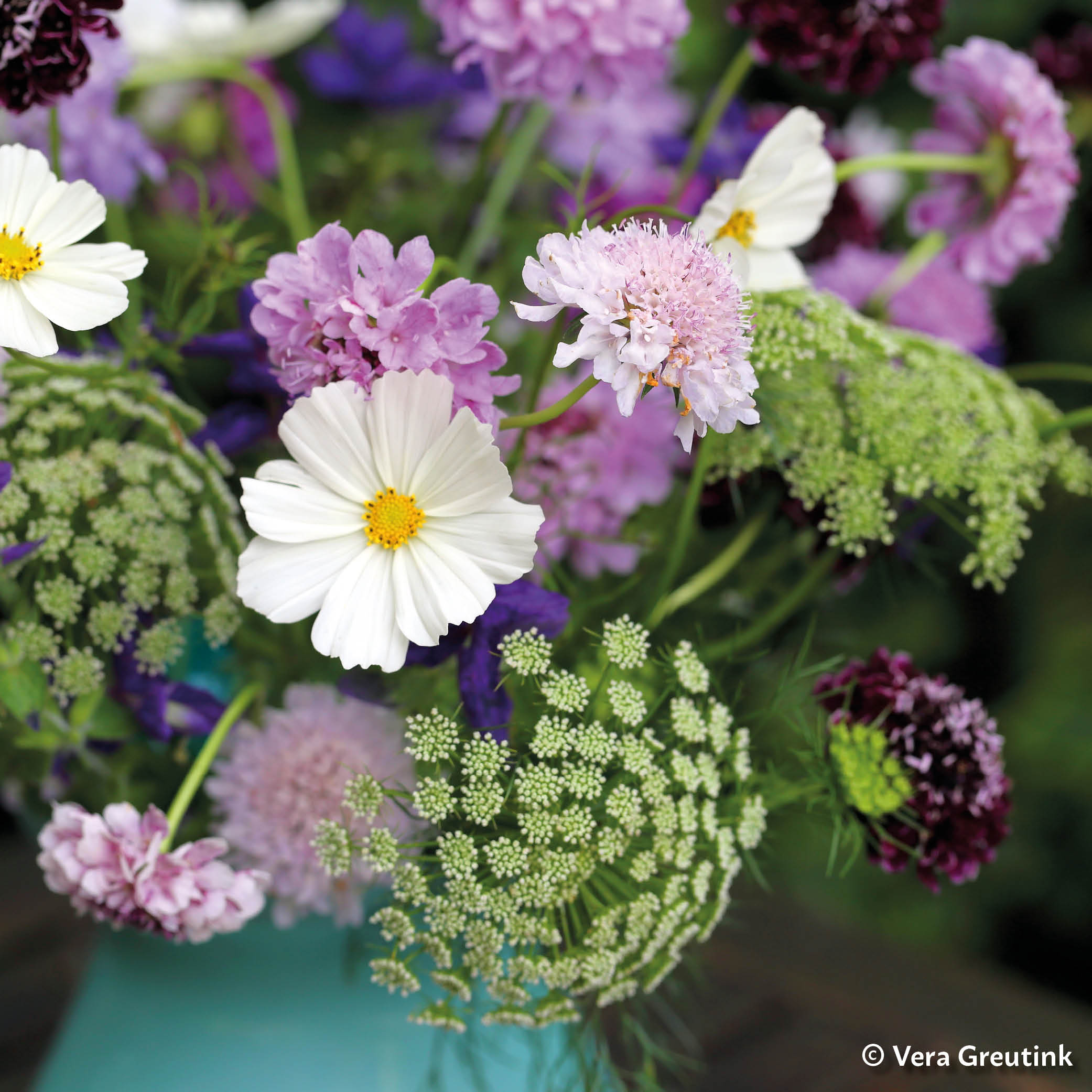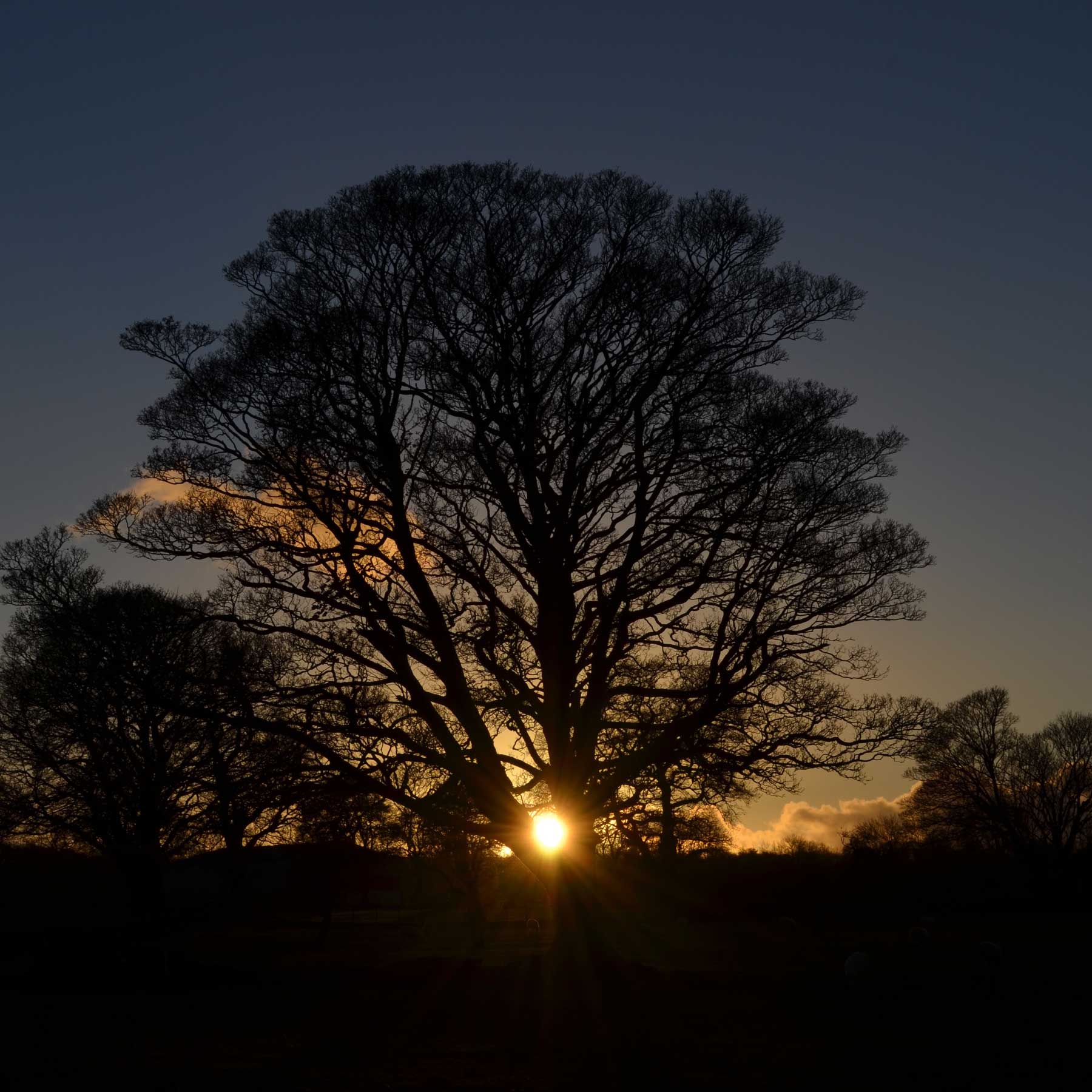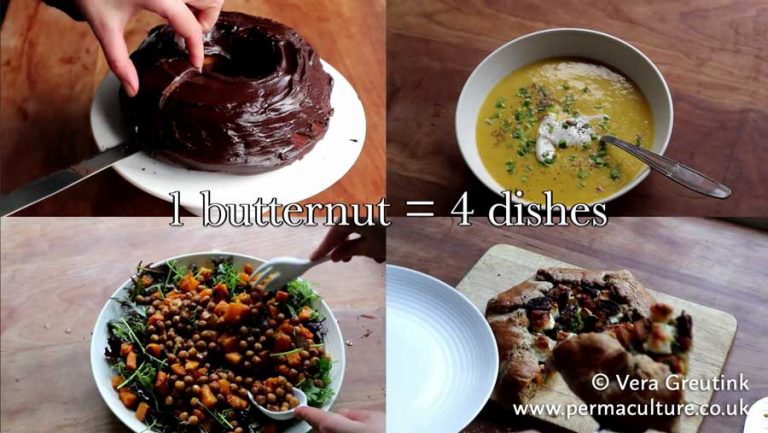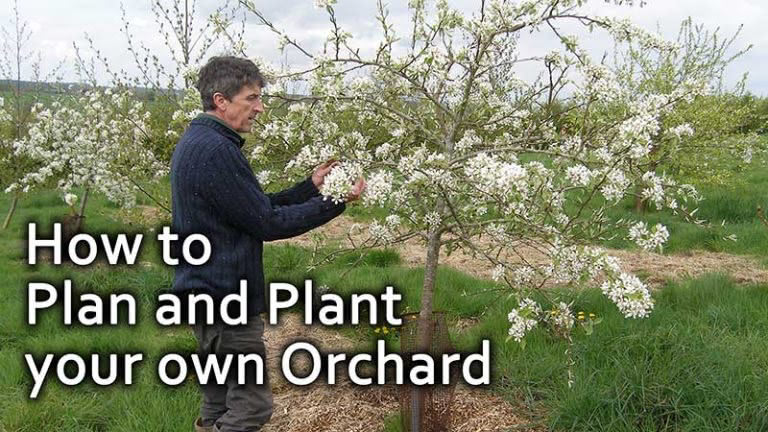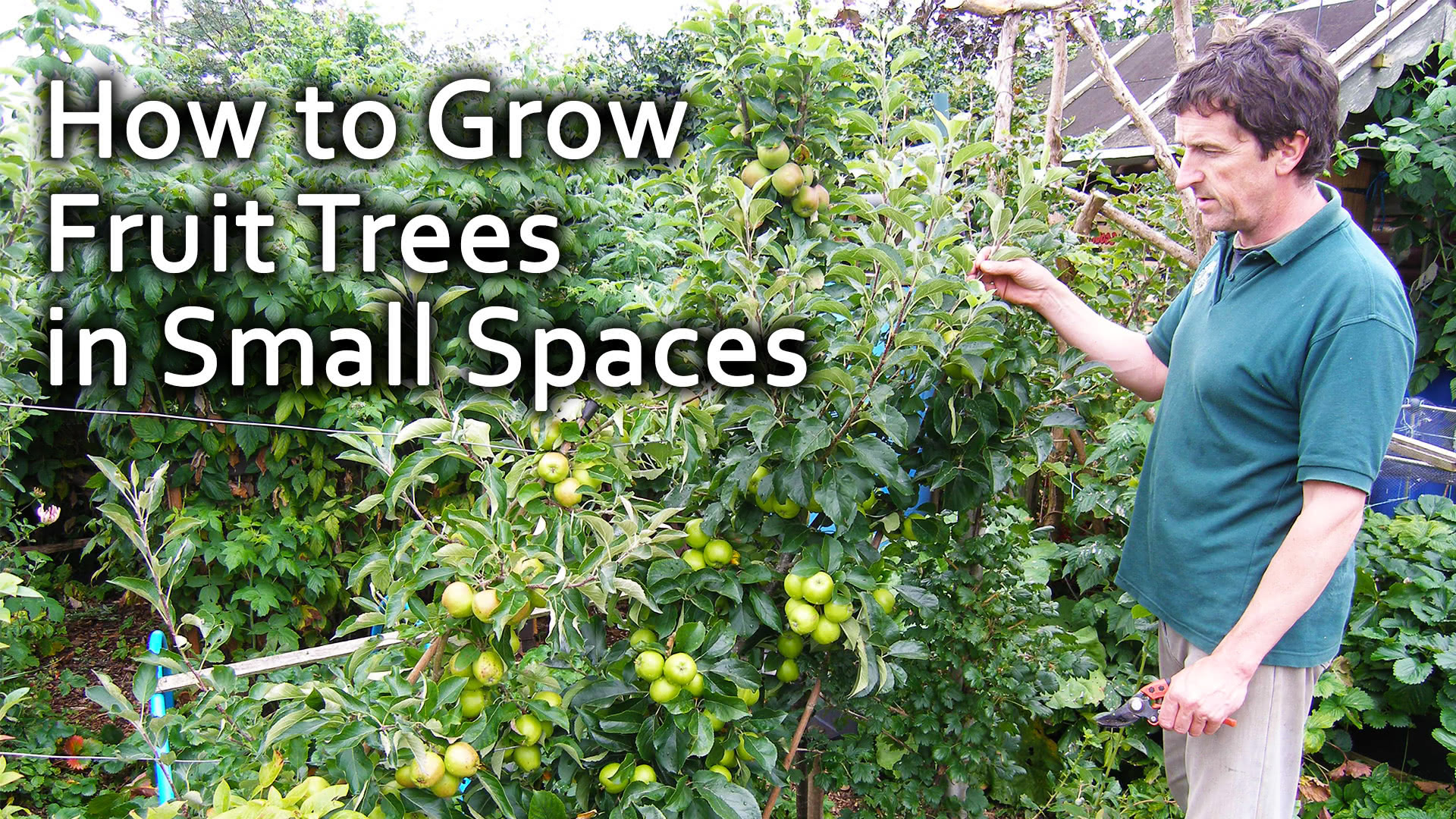As October gives way to November, the days are noticeably shorter. There’s a cooler feel in the air and it seems to be the true start of autumn weather. As the leaves fall from the trees, the look and feel of the garden changes dramatically. Gone are the fresh and lush greens and blues of leaves on the trees against summery skies. The colours shift from overhead to beneath our feet, with yellows, reds and browns becoming dominant and skies become greyer and dimly lit. Over the cold weeks of November, as foliage dies down and areas of beds are put to sleep for the winter under a duvet of cosy mulch, the shape and outline of the garden becomes more obvious, highlighted by white frost sparkling in the weak morning sun. I start to look at the structure and infrastructure, assessing whether repairs will need to be done and for any changes I’d like made. The winter months are ideal for making any additions to or change of the raised beds, supports for climbers, fences, gates and any other structures in the garden. There is no urgency to get repairs done and they can be carried out between rain showers, storms and spells of snowy weather.
I rather like November. Even though my body is very definitely slowing down and despite being tired from two months of frantic work in the kitchen, I still have an energy, a buzz of excitement about the garden and an eagerness to spend time outside.
November is an ideal time to plant bulbs to flower next spring and summer. From little crocus that provide dots of colour only a few inches high to towering lilies that fill the air with their heady scent, bulbs can be incredibly useful in the garden. Many of them will happily stay in situ and quietly multiply year after year, giving an increasingly colourful display. If, like ours, your garden is home to squirrels, you may need to find imaginative ways to protect some of the bulbs. Squirrels eat a protein rich diet and bulbs like tulips and crocus provide them with an instant snack or one that can be buried for later consumption. Encasing the bulbs in a protective cage of chicken wire can help, although it means that your garden has buried wire in it. That’s not a problem if you are leaving the tulips to naturalise, but careful removal will be needed if replacing the bulbs on a regular basis.
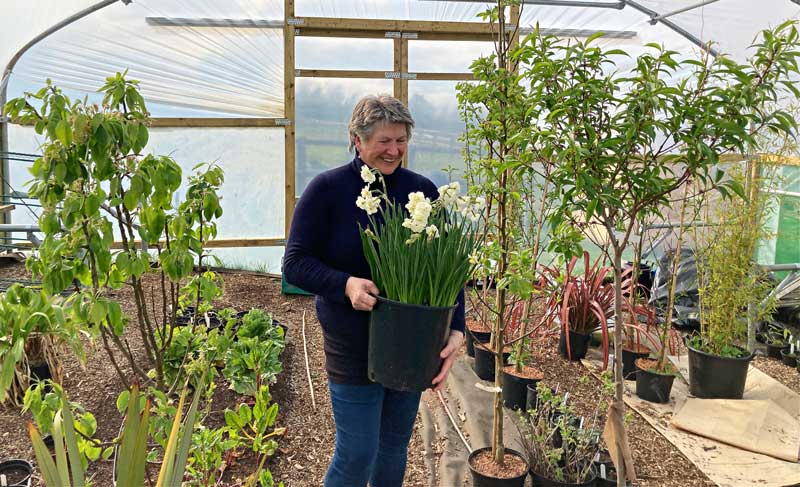
For the first year in our new home, I grew a large number of bulbs in pots so I could plant them in their final places when those beds were ready for them. It gave me a head start and a practice that I wish I had done in our previous home. Every year I saw flowers on television, social media and in others’ gardens and wished that I’d been organised enough to plant some in our own garden, but I never seemed to have the right spot ready for them at planting time. By using the pots, I could choose the right places for them over a period of months and have healthy, stronger plants to put in the ground in my own time scale.
While out in the garden checking for damage or changes needed to structure, I also take time to observe and appreciate what surrounds me. In the warmer months, it is easy to just pause for a while, or find a place to perch, sit or lie down to watch the activity and listen to the sounds of the garden. As winter approaches, I find this harder to do. The ground is often wet or cold, the wind can be biting and temperatures are uninviting. But there is value in observing our gardens at this time of year. It is easier to see the layout, the gaps, the crowded places. We can see where wildlife has made tracks from repeated journeys back and forth across the garden and see birds more easily than when they are hidden among the leafy greenery. My garden observation visits are usually shorter at this time of year, but the pleasure is no less intense. The sounds around the garden are clearer; traffic noise, dogs barking and neighbours’ activities are more acutely noticed, but so too is the chitter-chatter of small birds, the laughing sound made by corvids or the haunting call of birds of prey. A handful of times I have been privileged to see a mole creating a molehill: I could see the ground around the molehill moving and the soil heap increasing as the animal carried out its tunnelling. Once I witnessed a mole emerging from its dark, underground home to explore the air above its tunnel. I hadn’t ever thought about the sound they might produce, so was surprised when I heard a series of little mole squeaks. Observations like these don’t happen when we rush from one place to the next.
The shapes and form of dead or dying plants stand out against the emptier garden and it becomes evident which plants our native birds rely upon for additional winter food. The aromas in the garden are different at this time of year, they are more earthy and mouldy, making any floral or fruit fragrances seem more precious.
There are days when the late autumn sunshine kisses away the morning mists to reveal almost clear blue skies and provide us with some much-welcomed warmth. These are the best days for gardening. It’s not so hot that hard physical labour becomes uncomfortably sweaty, but warm enough to enjoy being outside for hours on end. These are also the days which are often followed by frosts. The cloudless skies do not hold the heat under a cushioning blanket of water vapour, but allow the warmth from the sun to disappear off higher into the skies and cold air to fill its place. The clear, sunny days of November are when I mulch semi-tender plants and tuck them under compost or straw duvets for the season ahead. In our garden, November is truly a month of stark change that heralds the approach of winter.
This is an extract from Liz Zorab’s The Seasoned Gardener – where she shares the changing year at Byther Farm: https://shop.permaculture.co.uk/products/the-seasoned-gardener
Liz spent several years transforming her 0.8 acre plot in Monmouthshire. She is now regenerating an over-grazed 4.5 acre site using permaculture practices.
